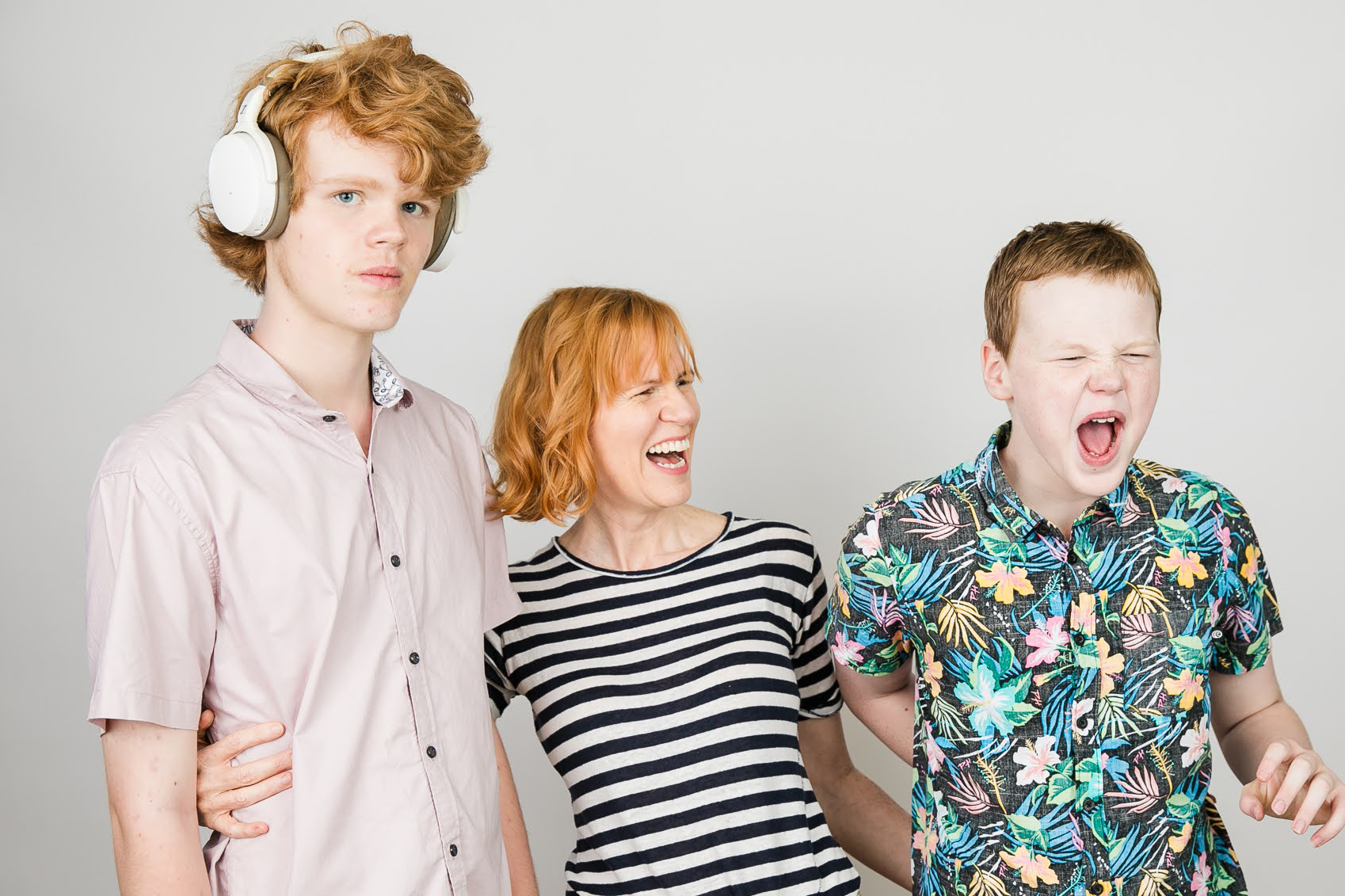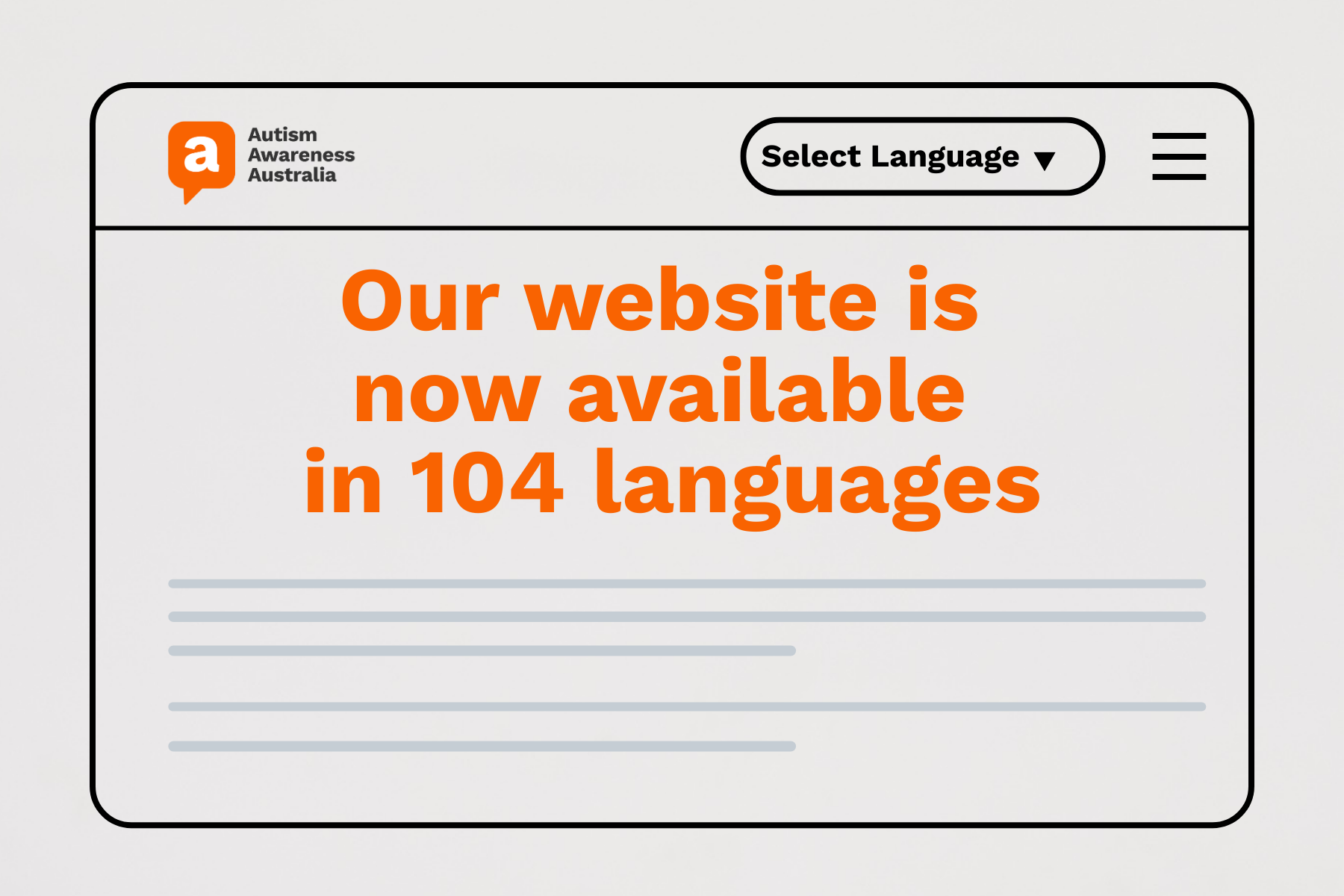Q&A - The new Australian Autism Handbook

This month we chatted to co-authors of The Australian Autism Handbook, Benison O’Reilly & Seana Smith. The new edition is available January 2023 and is an essential guide for parents of children with autism.
A fully revised and updated edition of the widely praised and most trusted Australian guide on how to raise a child with autism spectrum disorder ...
- An essential, comprehensive and INCLUSIVE guide for parents and carers of kids with autism. Advice from leading world experts delivers the information you can TRUST.
- Offers SUPPORT AND GUIDANCE on early signs of ASD; diagnosis; medical theories; schooling and growing up; intervention programs; treatments; dealing with emotions (parents and child); what not to say to your child and how to help them.
- SHARES the lived experience of fellow parents who are raising kids with autism and we hear from adults who have autism to hear their perspective.
- So much has changed since 2008: the language of autism, diagnoses, the understanding of disability, society, culture and agency. This new edition sparkles with new ENERGY and new horizons.
Benison O'Reilly and Seana Smith are professional writers who both have children with autism, and their first-hand experience and research provides an indispensable one-stop manual for all Australian and New Zealand parents on raising a child on the autism spectrum.
Q&A with Seana & Benison
1. Tell us why there was a need to write a fourth edition of the autism handbook.
Seana: Many reasons!
Benison: The last major rewrite of the book was in 2013 when the DSM5 had just been released and in the decade since we’ve obviously learnt a lot more about autism as a spectrum condition. For example, the terms high-functioning and low-functioning autism are now discouraged, underplaying the challenges faced by people given the former label and the strengths of those with the latter. Also, of course, we now recognise that autism has long been under diagnosed in girls.
There’s also been significant progress in evidence-based early intervention, with new parent-driven programs and an understanding that there’s no one-size-fits-all approach; that early intervention should always be individualised to the child.
And how can we forget the NDIS? It was in its infancy back when the last edition was published. Now we know a lot more – both good and bad!
Overlaying this factual information, however, is a change in tone; overall the discussion around autism is much more optimistic and inclusive of autistic voices.
2. What’s changed in the autism community since you last wrote the handbook?
Seana: The NDIS is fully rolled out and has been a game changer in so many ways. Whilst it is an ever-evolving scheme, it has allowed a lot more freedom to families of younger children and more choice and control to young people and adults with autism.
Benison: There is also a great up swelling of acceptance of neurodiversity and an awareness of the many positives that neurodiverse people offer. That has been great news for everyone and it is reflected in this new edition.
The greater recognition of autism in girls and women. Many of these women are speaking and writing about their experiences, adding much to our understanding of autism and gender.
3. What key messages/concepts do you want readers to take away from the handbook?
Seana: The book is aimed very squarely at the families of young children with autism, or who are being assessed for autism. We hope that they will be supported emotionally as they read the book as well as being given top quality, reliable information to use as they make their choices for the weeks, months and years ahead. We also hope it will be used as a resource by families over many years.
Benison: The aim of the book has always been to be optimistic yet realistic, and we think this edition is our most optimistic yet. However, it is optimistic in the sense that we encourage families to imagine a positive future with their autistic child. We are not in the business of providing false hope that they can be ‘cured’. Given what we now understand about neurodiversity this is a flawed idea anyway.
4. Who did you consult and collaborate with in writing the book?
Seana: I went out to autistic adults and young adults and asked them to share their experiences and their best advice for families of young children. This is a new addition to the book, having so many autistic voices within it. There is a chapter where autistic adults speak directly to families and we are sure that what they say will help families a great deal. When I interviewed these people our mission was to help them express their personal experiences and expertise whilst getting the hell out of the way myself.
Dozens of mums and dads also were interviewed and their stories also give this book its heart and soul. Their stories act as a warm hug as well as a helping hand to the families of newly diagnosed children.
Benison: I’m a medical writer by profession and pretty good at interpreting scientific evidence and explaining it in accessible language. However, there’s no substitute for ‘on-the-ground’ clinical experience, so I always send my writing out to be reviewed by clinical experts. For this edition we relied mainly on some ‘young guns’ in the field: Professor Andrew Whitehouse, from Telethon Kids Institute in Perth, Associate Professor David Trembath from Griffith University in Brisbane, and Associate Professor Josephine Barbaro at the Olga Tennison Autism Research Centre in Melbourne. I am so grateful for their advice, always given with such generosity, and the book is much better for it.
5. For those parents who have copies of previous editions, is there any information for them in this edition?
Seana: There are many sections which have new information and many new voices to be heard. It really is for new families, though, a book for them to read through as they find their way and then go back to again and again.
Benison: While what Seana says is true, there is new content for those tempted to have a second dip. As well as new chapters on women and girls and the NDIS, there is a comprehensive chapter on co-occurring conditions and how these may manifest in childhood and the teenage years. We also briefly raise the issue of gender diversity. Finally, there is a brilliant chapter in which autistic adults provide advice to parents, which I personally found very illuminating.
6. As two parents with now adult autistic children, how would your experience at the time differ if you had this handbook?
Seana: A lot!! Our boys are now young men and when they were diagnosed there were few websites, few Australian books and very little support beyond a list of speech therapists, being advised to make another appointment the year before school started and a wave goodbye. It was traumatic and my husband and I certainly felt very alone. Benison did much better than me, I really did become very hyperactive and wasted a lot of time and money. The landscape has changed enormously since then and this book sits alongside others as well as some excellent websites.
Benison: I expect I would have got over my depression and sense of hopelessness much faster. Much of the information around when Sam was diagnosed was very negative about autism. It was only after I read my first vaguely optimistic book that my energy returned and I got cracking on his intervention program.
7. What’s one piece of advice you would give parents or individuals currently seeking or receiving an autism diagnosis?
Seana: Easy does it. That’s the best advice. You will feel so many emotions and it is understandable if you panic, but know that there are many families who have been along this road before, and they want to walk alongside you, support you. Settling in to a new normal and finding the supports that best suit your child and family will take time, there is no need to rush. And I would always say to mums and dads, take care of you as well as your child, take care of the family unit. And ask for help - never be afraid to, or embarrassed to. People love to help and you and your family need and deserve help and support.
Benison: Seana has answered this perfectly and I have nothing to add!
For more information on how to get your copy of The Australian Autism Handbook, visit all good books outlets or follow the writers on Twitter or Facebook.






